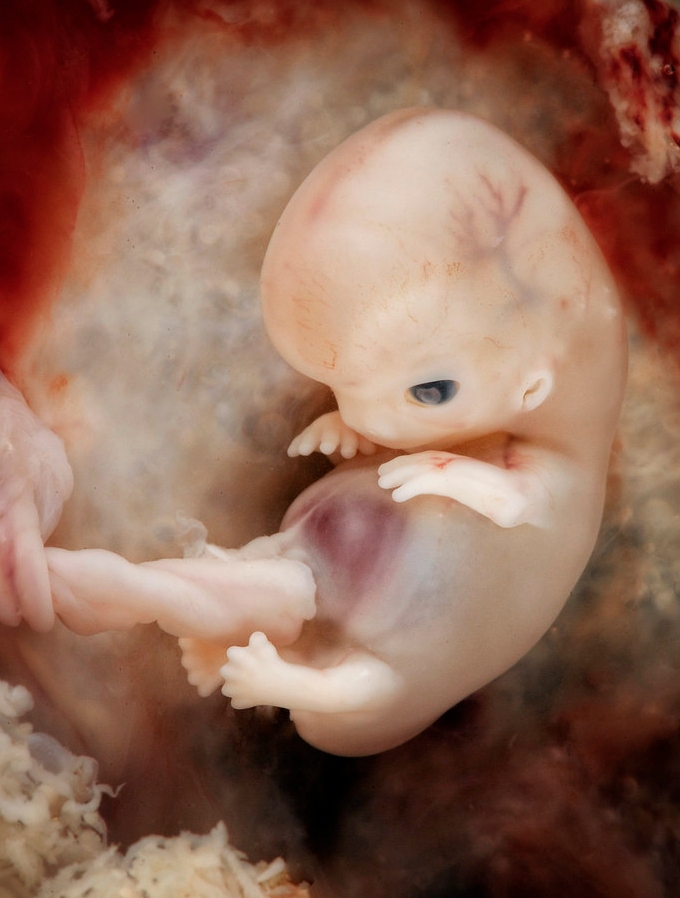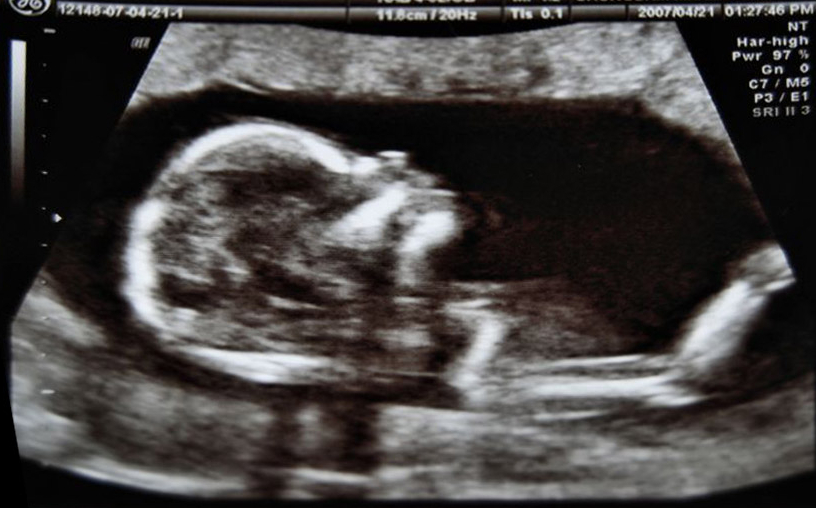According to the World Health Organization (WHO), fetal death is defined as “the death of a product of conception before the expulsion or complete removal from the mother’s body, regardless of the duration of the pregnancy.” Having said that, in Latin America, as in the rest of the world, most fetal deaths are preventable, as are most maternal deaths.
In Latin America, fetal death occurs in 16% of cases after the onset of labor and before birth, and the remaining 84% before the onset of labor, also known as antepartum, says the WHO. These latter deaths, which could be avoided, are an indicator of timely and quality care for the mother and fetus during pregnancy.
When fetal death occurs up to 22 weeks of gestation it is considered an abortion, according to the Organization. Prenatal death occurs up to 28 weeks of gestation and late fetal deaths occur between 28 and 42 weeks of gestation. All these cases are included in the so-called stillbirths. Death after 42 weeks, and even up to 7 days after birth, is called early neonatal death and late fetal death up to 28 days. Within this framework, medical follow-up to the mother and fetus as well as monitoring their health state throughout the pregnancy is essential for prevention.
How to reduce fetal death
Access to comprehensive health services, and especially prenatal check-ups, are fundamental to reduce the mortality rate. According to the same study, estimates suggest that at least four out of every ten fetal deaths that occur during childbirth could be avoided with the assistance of a professional and obstetric care in emergency cases.
Despite improvements in health services in developing countries in the past decades, progress in reducing the fetal mortality rate has not been sufficient. According to estimates by UNICEF, WHO and other international agencies, the annual rate of reduction in the stillbirth rate was 35% in the world from 2000 to 2019. Meanwhile, Latin America had an advance of 6% less than the world average. In this context, it is necessary to establish specific policies and programs for a substantial improvement of the indicators, concluded the study.

Currently, the health crisis caused by the COVID-19 pandemic has accentuated the gaps in access to health care, in addition to the structural problems seen in the health systems of most countries in the region. This precariousness of care has led to a widening in the gaps for timely accessing health care during pregnancy.
Although there are still no studies of the impact of the pandemic on fetal death the reduction in health services caused by the pandemic could result in nearly 200,000 new fetal deaths in a year in 117 low- and middle-income countries. This would represent an increase of more than 10% in the burden of fetal mortality, according to UNICEF’s study A Forgotten Tragedy: The Global Burden of Fetal Mortality.
Fetal deaths on the political agenda
Neither the Sustainable Development Goals, nor the Millennium Development Goals include objectives or a specific target on fetal deaths. However, the United Nations presented the “Every Newborn Action Plan” in 2015, whose targets have been rescued to review progress and improvements.
Just five years later, the WHO in its report The Global Burden of Stillbirths, indicates the urgency of reviewing policies focused on fetal deaths. According to the report, a fetal death occurs every 16 seconds, which represents about two million stillbirths per year worldwide. The figures for Latin America are not encouraging. One in every 126 births are estimated to correspond to a fetal death, which represents 4% of the total number of stillbirths worldwide.
In some countries of the region there have been advances in the area of women’s sexual and reproductive health, expanding their ability to decide about their bodies. Just a few months ago, Argentina passed a law allowing women the possibility of voluntarily terminating their pregnancies up to 14 weeks of gestation. While in Ecuador, on April 28, the Constitutional Court reformed Article 150 of the Integral Penal Code to extend the decriminalization of abortion for rape, previously valid only for women with mental disabilities, to all women.
This debate has occupied an important place in public opinion in the region, even being part of the standard questions asked of politicians during campaigns. However, the states of many of the countries in the region have so far been unable to support women who do want to give birth.
*Translation from Spanish by Ricardo Aceves
Ecografía 2D – Feto 14semanas
Autor
Economist. Professor of Economics at the University of the Americas - UDLA (Ecuador), Director of the Energy and Mining Observatory of the UDLA. Doctoral candidate at the University of Salamanca, Rule of Law and Global Governance program.











